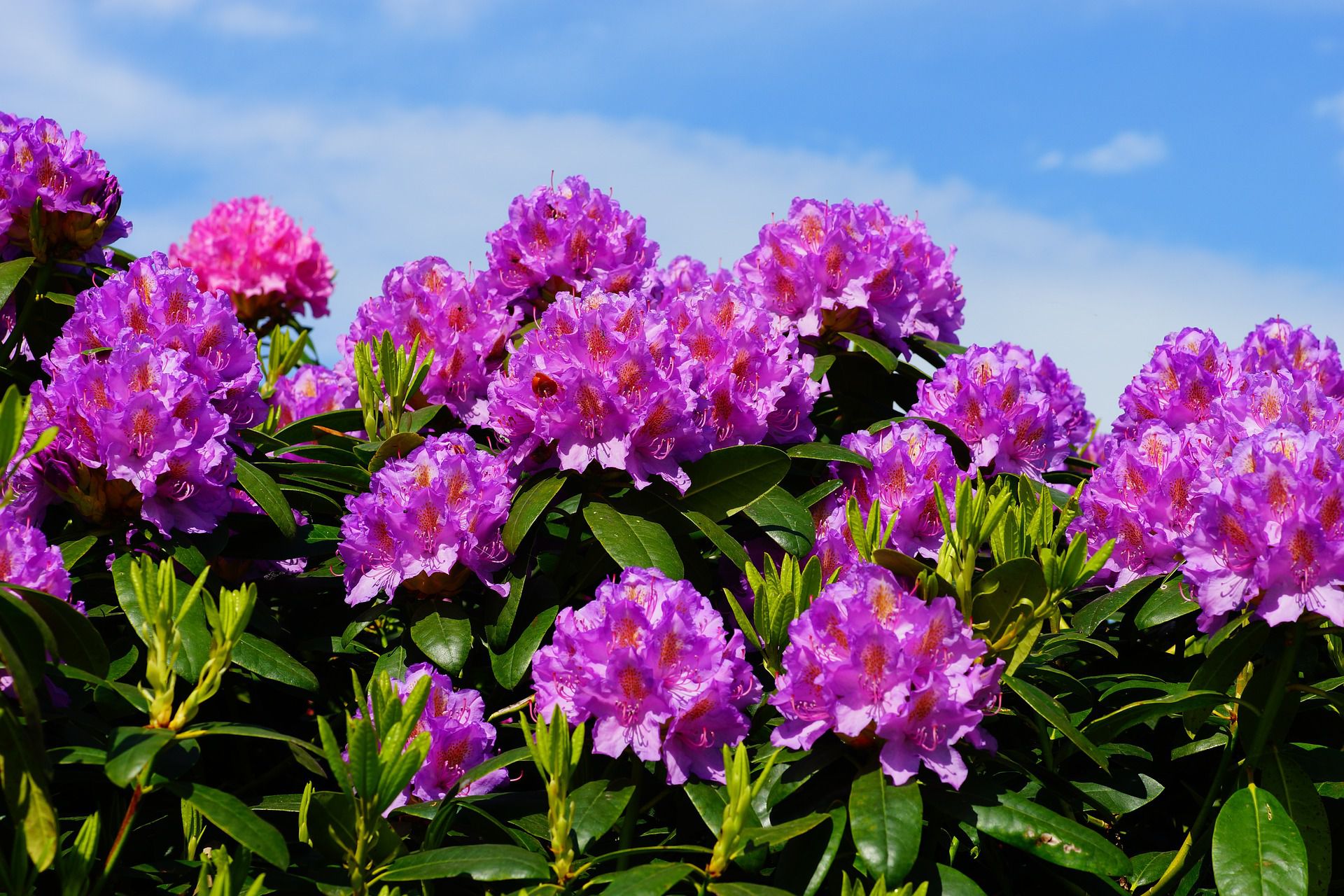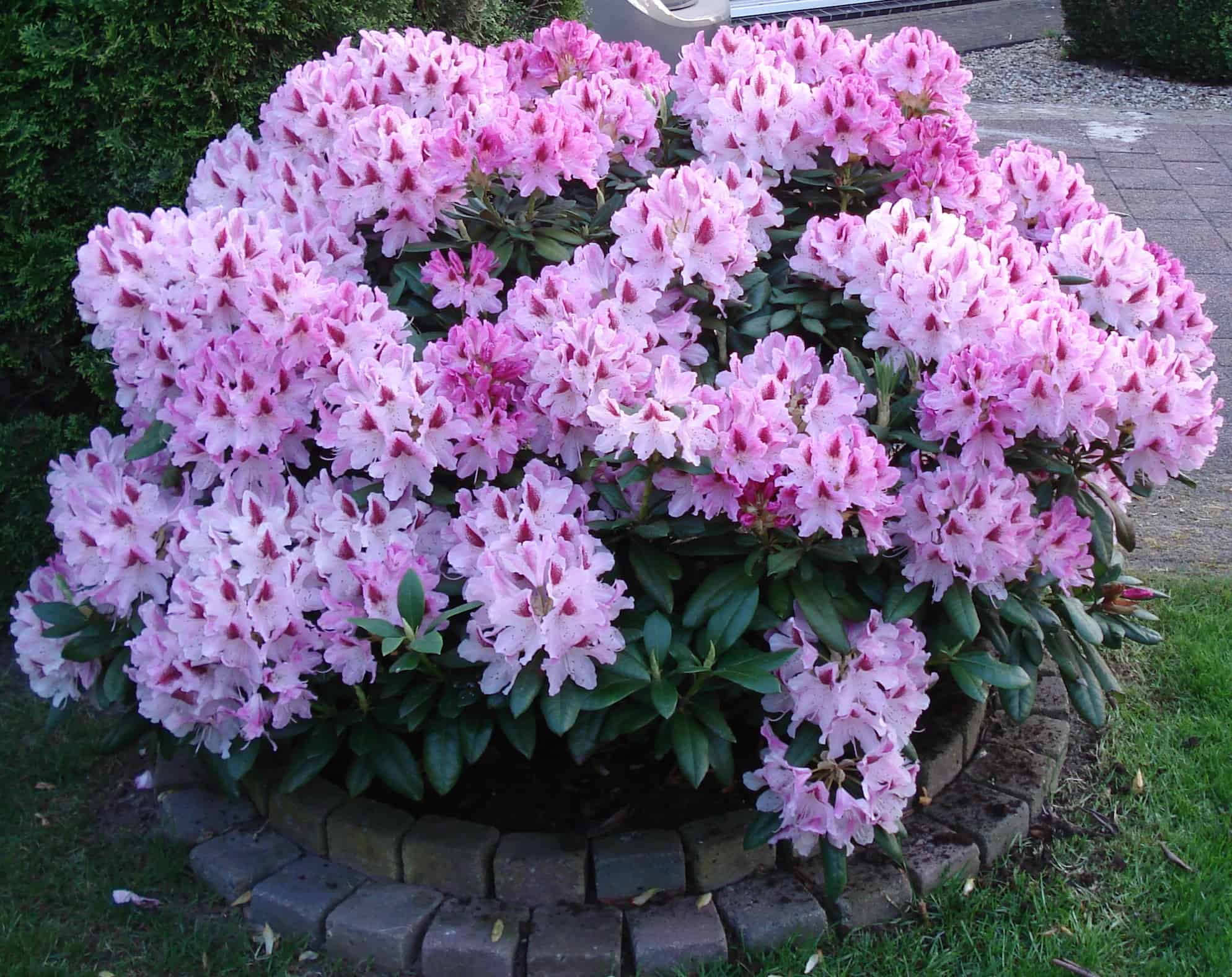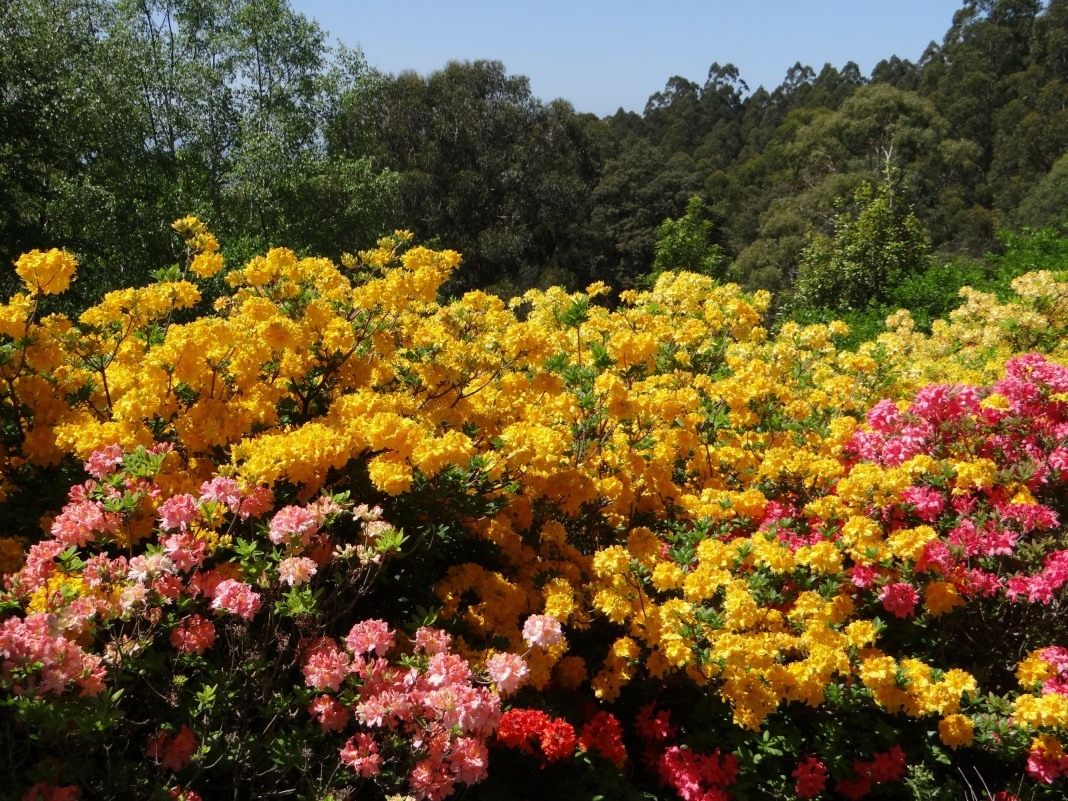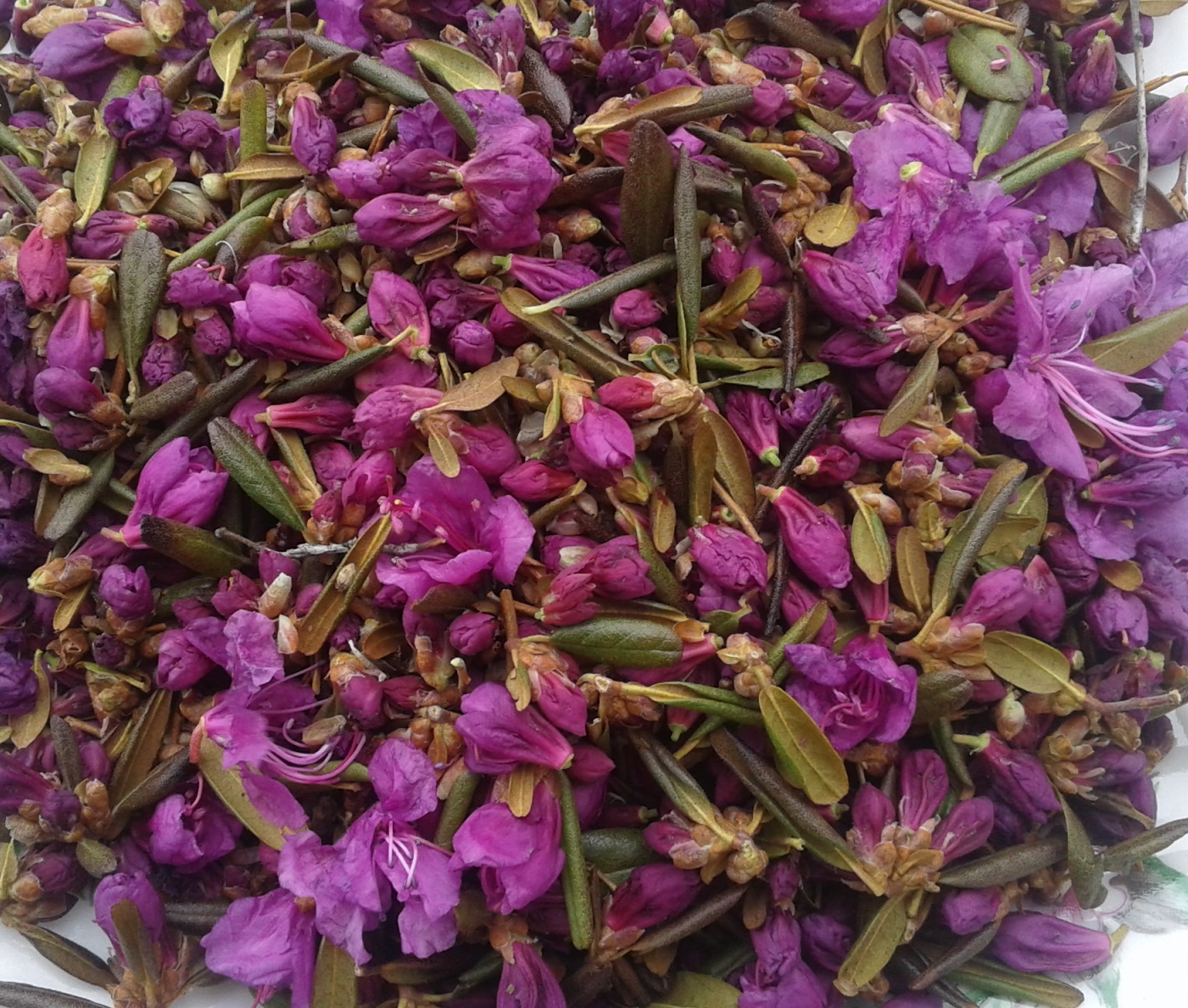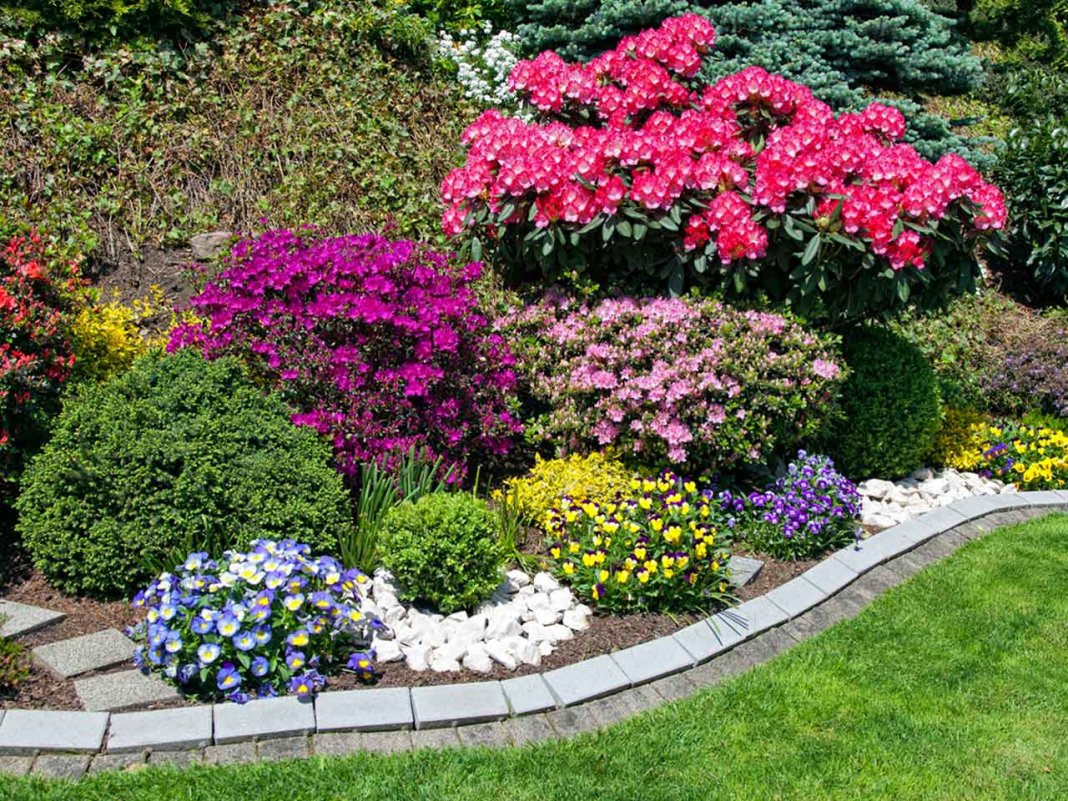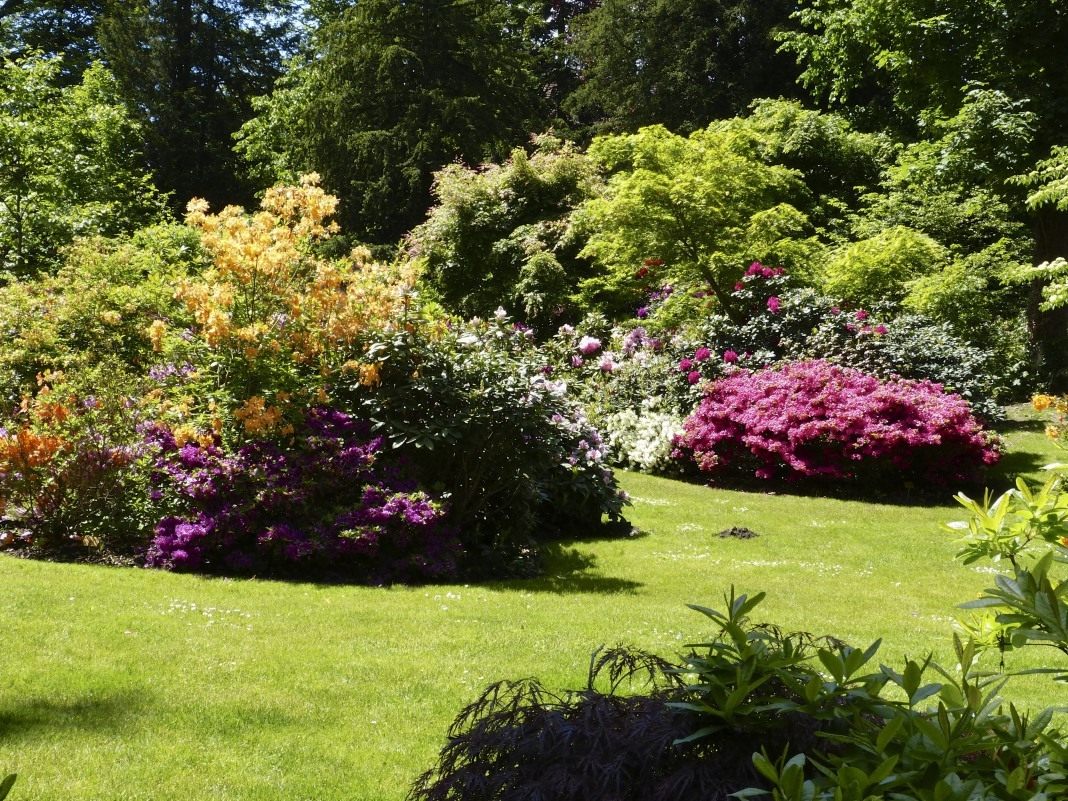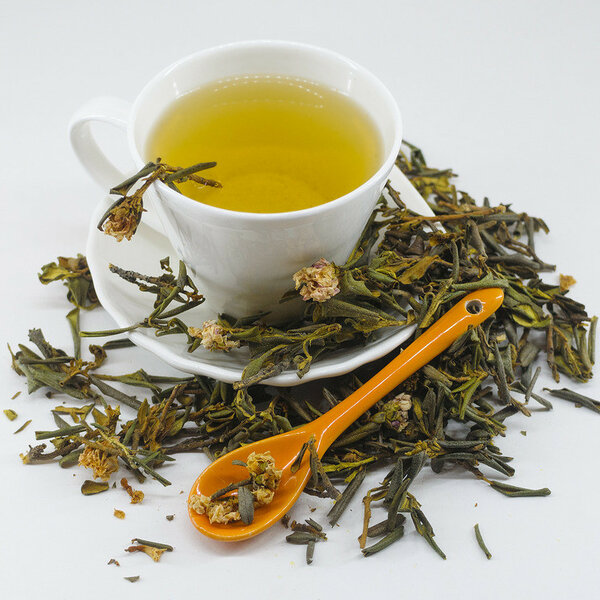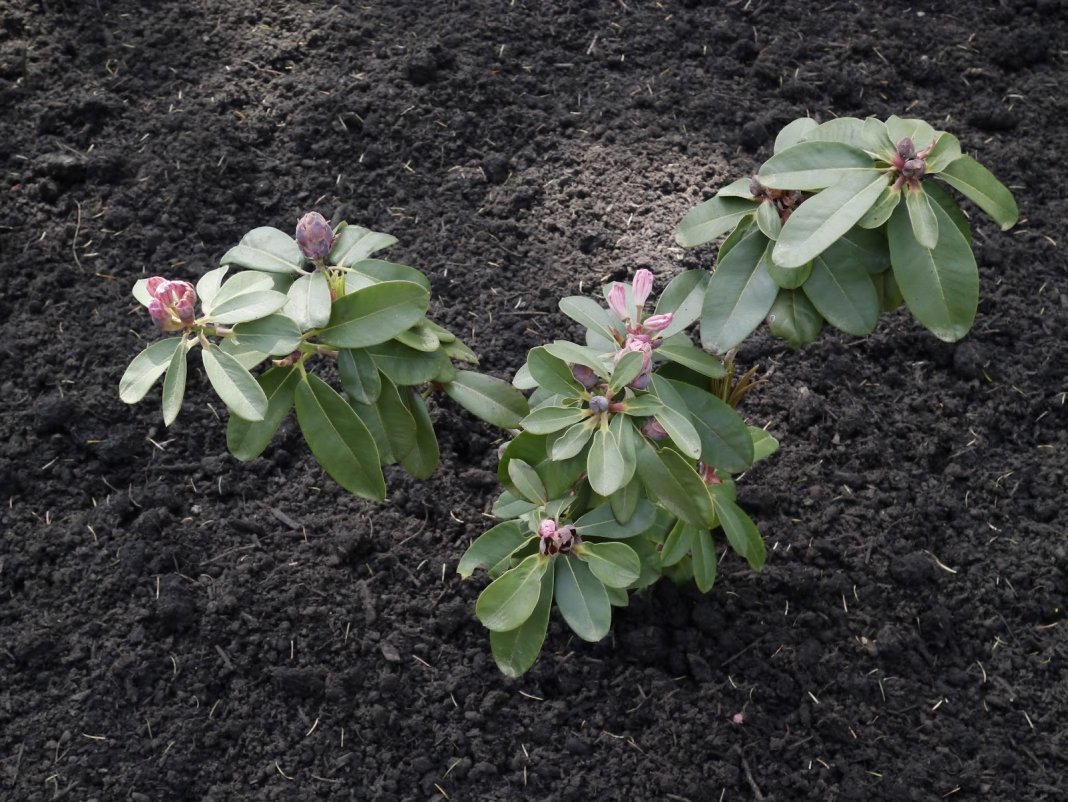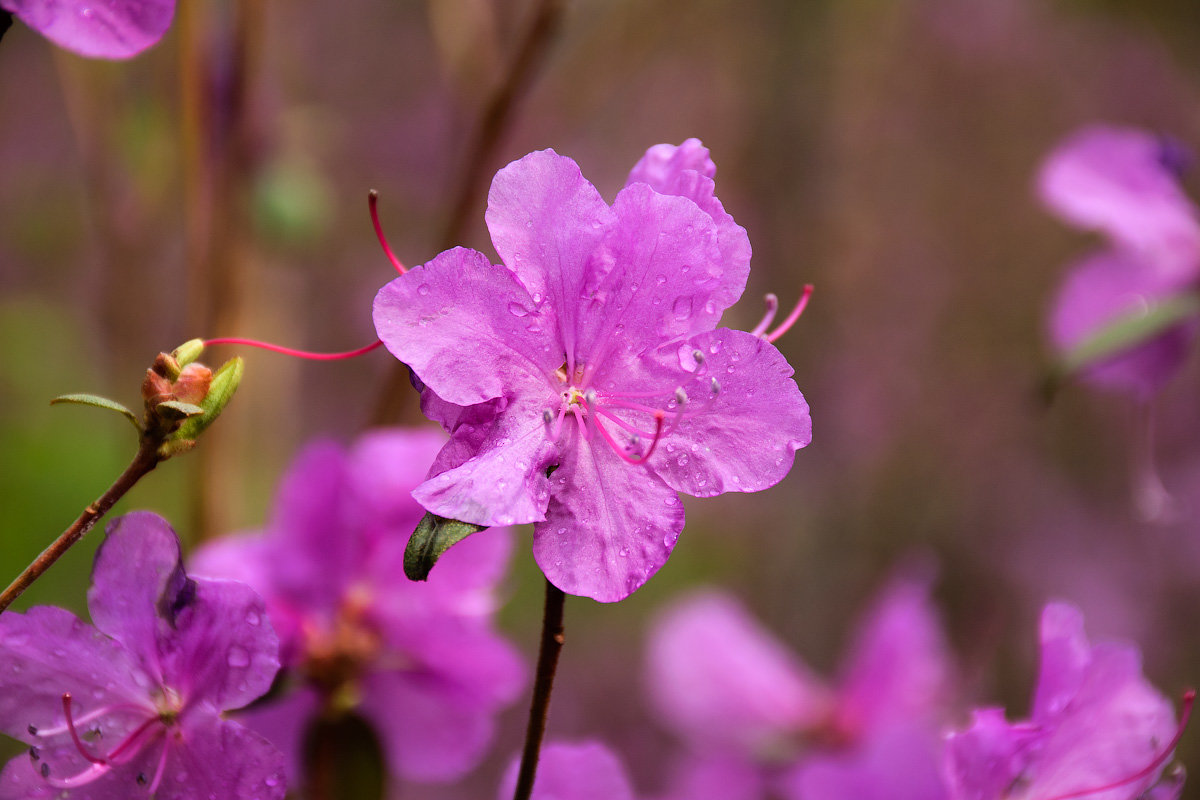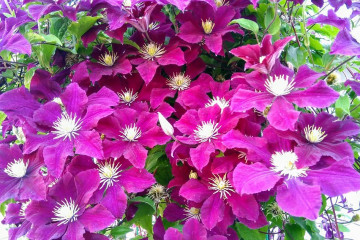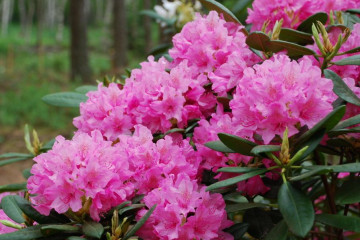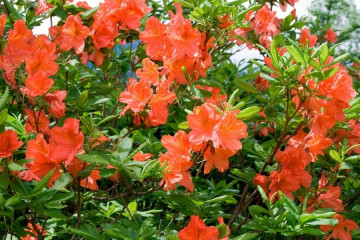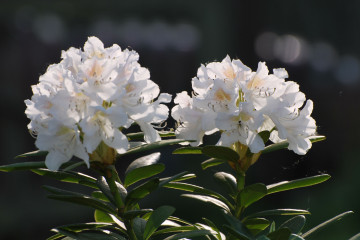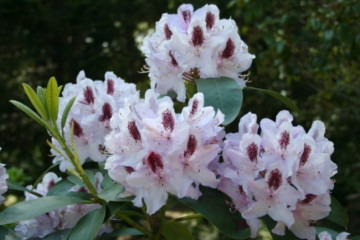Rhododendron: what is it, how many blooms in time
Content:
- History of the garden plant rhododendron
- Where is rhododendron common
- Popular varieties and varieties
- Chemical composition
- Types and varieties of rhododendron
- Decorative use
- Rhododendron in the landscape
- What diseases does rhododendron treat?
- How to grow rhododendron from seeds at home
- Dahurian rhododendron petal juice
Rhododendron, that this is the first question of novice flower growers who are just starting to breed unique plants in a flower bed. The name Rhododendron is translated from Greek as "rosewood". The plant belongs to the genus of flowering shrubs, the Heather family. There are more than 1000 species. Among them there are evergreen, semi-evergreen or deciduous bushes. According to the description, this is a small long-flowering bush, which differs not only in appearance, but also in whimsicality in relation to breeding and cultivation.
History of the garden plant rhododendron
At the beginning of the 19th century, the first variety of this flower was brought to Russia, which later "took root" in the winter gardens of the aristocratic class. Many varieties and species were bred, among which the Uralsky was especially popular.
In the period from the revolutionary events to the Second Patriotic War, many gardeners did not even imagine what a rhododendron was. In the post-war period, bizarre trees or shrubs began to appear more and more often on flower beds and avenues, which attracted the attention of flower lovers. As a result, the plant became widespread. Blooming specimens began to appear in homes, gardens and verandas.
Where is rhododendron common
Rhododendron is a whimsical plant, if you grow a bush in unnatural conditions for it, it is unlikely that it will take root. To minimize problems, you need to recreate the conditions of natural growth as accurately as possible.
Wild rhododendron can be found in North America, the Far East, the Caucasus, Ukraine. Some varieties can be found in some countries of the Northern Hemisphere. Therefore, the exact nationality of the plant has not been precisely determined.
Popular varieties and varieties
Rhododendron is the largest flowering shrub from the Heather family, like wild rosemary, but not many of its species are particularly popular. What varieties are most relevant:
- Japanese;
- Schlippenbach;
- Holoflower.
- Tree-like;
- Sikhotinsky;
- Pukhansky;
- Yellow.
Among these varieties, there are indoor and garden options. Each member of the family has its own distinctive external characteristics.
Rhododendron, how many blooms in time
Before planting such a specimen in the garden, you need to know how much rhododendron blooms and how it happens. Each variety has its own flowering time. But there are also more or less general frameworks.
Flowering features:
- At the moment the buds open, a pleasant aroma is emitted.
- The flowering period is 2-3 weeks.
- The bush opens in the spring.
- Bell buds can be from 4 cm to 8 cm in diameter.
- Inflorescences number from 3 to 10 specimens.
The uniqueness of this plant lies precisely in flowering.
What color are rhododendrons
This plant does not have a very wide palette. Inflorescences can be of the following shades:
- red;
- yellow;
- pink;
- orange.
The rhododendron, whose bloom is unique in itself, is still attractive because the shades of the buds are unique.
Chemical composition
Scientists have conducted studies that indicated the chemical composition of the aerial part of the plant. Eleven active compounds have been identified, which are terpenoid and phenolic compounds.
The most defined are:
- rutin;
- quercetin;
- na-ringenin;
- arbutin;
- P-sitosterol.
The rest of the compounds are found in lower concentrations.
Poisonous or not
The rich chemical composition prompts one question: is the rhododendron poisonous or not? Many medicinal products use plant components in certain proportions. The medicinal properties of the bush have been known for a long time and are actively used, but the foliage contains substances such as tannins, arbutin, rutin, and a poisonous glycoside (andromedotoxin).
Types and varieties of rhododendron
The species and varietal diversity is huge. Rhododendron leaves, like flowers, are diverse. Such a division can be made in accordance with varieties, among which the most popular are:
- Adams. Shrub from 20 to 30 cm high. The buds have a strong aroma and pale pink color. The foliage can withstand severe frosts as the patina is very dense. It grows on rocky slopes and in gorges.
- Saint Merrin. Small shrub with small emerald-colored leaves and purple-blue buds. Frost resistant. It is better to plant such a variety on rocky hills in the garden. It blooms in early May, but it does not have any smell, as it is a hybrid.
- Dense. This subgroup was named because of the dense pillow that is formed by foliage and flowers. It grows and develops for a very long time. The foliage is gray, and the buds are bright with a slightly double rim. Loves bright light and feels especially good on rocky slopes.
- Tree-like. The shrub has a tree-like trunk that resembles bonsai trees in shape. The buds are large and usually white or cream colored. Flowering begins at the end of May.
Each species has several varieties, but only a few are especially popular due to unpretentious cultivation or spectacular appearance.
Decorative use
It is important to know in what year the rhododendron blooms after planting in order to plant it in the right place. The shrub does not bloom for a long time, but it looks very impressive at the same time, so it is worth combining it with other tall plants.
It is best to grow the flowering bush next to the specimens that bloom at different times. Even the appearance of a non-flowering shrub attracts attention with its grandeur and bright foliage. At the same time, the rhododendron, the height of which can in some cases reach 2-3 meters, does not interfere with the rest of the "inhabitants" of the flower bed.
Rhododendron in the landscape
A beautiful garden landscape without a "rose bush" is simply impossible. Such an instance looks attractive against the background of glossy greenery of any other bushes or other plants of medium height.
An additional condition is the introduction of a natural stone or wicker fence into the design of the flower bed where the flower grows. The culture is ideally combined with conifers and shrubs.
What diseases does rhododendron treat?
The shrub has many beneficial properties. Funds based on the aerial part can be used to relieve inflammation, lower body temperature. The plant relieves pain, kills pathogenic microorganisms.
Medicinal properties of the plant:
- Eliminates problems with the digestive system. This is especially true in the treatment of chronic colitis.
- Teas and infusions are used to treat bronchitis, tonsillitis and pneumonia.
- Drops with plant extract are relevant for restoring heart rate and improving blood circulation.
A useful and versatile bush has not only an attractive appearance, but also medicinal properties.
How to grow rhododendron from seeds at home
Rhododendron, the seeds of which are collected in the fall, are sown in April. For the base, sphagnum peat and coniferous soil are used in equal proportions. First, you need to moisten the soil and lay the planting material on the surface; you do not need to sprinkle it with earth. It is advisable to tighten the container with a film, creating a greenhouse effect.
How to grow rhododendron from seeds with maximum germination:
- Choose at least 100 seeds.
- Put the planting material on wet gauze.
- Spray the "plantation" every day.
- When the first shoots appear, they need to be moved from gauze to the ground.
When the seedlings of rhododendron acquire full-fledged leaves, the "yield" is assessed.
How long does a rhododendron grow before planting in open ground?
In the middle or end of June, picking and planting of sprouts is carried out. Young plants will be able to bloom only next year with normal care.
Dahurian rhododendron petal juice
The species assortment of the plant is quite diverse, but it is the Daurian variety that is considered the most used in medicine. It grows in Siberia and is widely used by local shamans. The bush is 2 m high and is dotted with small leaves. It is from them that juice is obtained, which has the following medicinal properties:
- Reduces blood pressure.
- Calms the central nervous system.
- Improves the functioning of the heart and circulatory system.
- Leads to the death of pathogenic microorganisms in the human body.
Additionally, the juice can be part of all kinds of medicines that treat diarrhea, improve the outflow of bile.
Rhododendron is a symbol of tenderness, beauty and love. A bush with a tree-like trunk and fragrant flowers is used in landscaping. Even low specimens can hardly be called grass, since the above-ground part surprises with its grandeur. You can grow a flowering bush from seeds using the simplest technology. Additionally, the plant has medicinal properties that are used in folk and official medicine.
